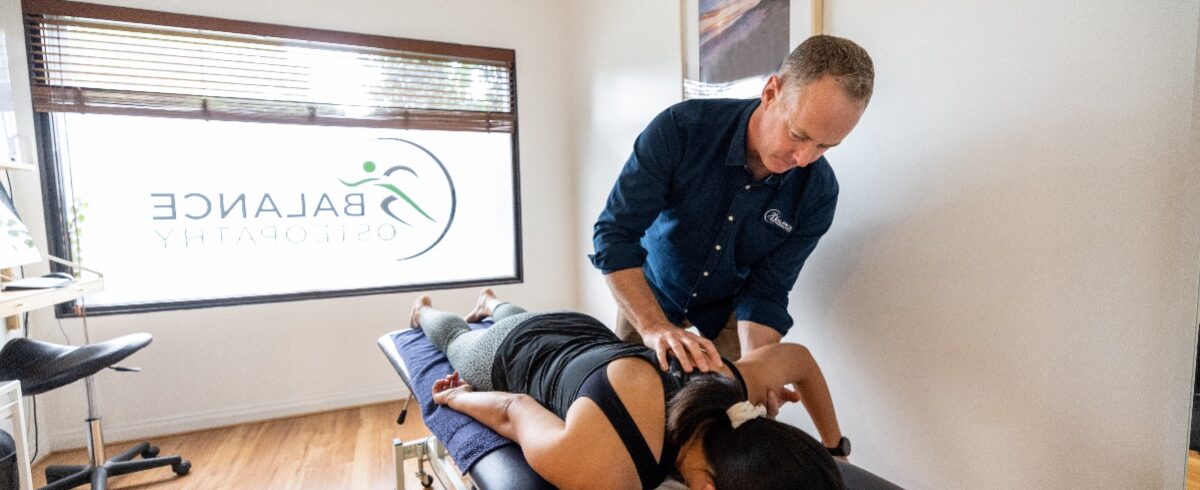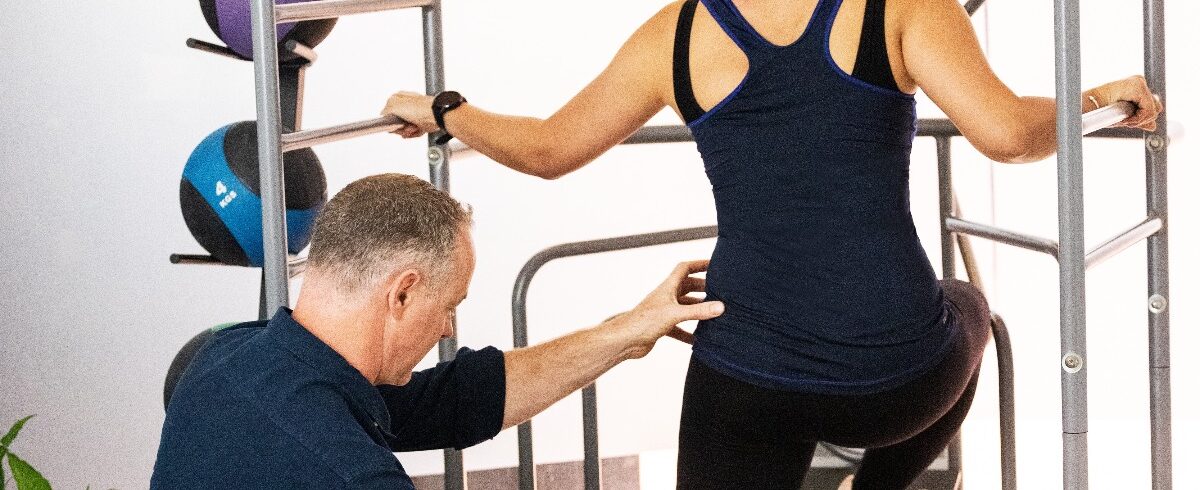What is the big deal about walking 10,000 steps…?
Check out this article recently published by the NHS
“Sometimes overlooked as a form of exercise, walking can help you build stamina, burn excess calories and give you a healthier heart. People often discuss walking 10,000 steps.
Walking can be done almost anywhere, at any time, and in any weather. It’s a great way to get from A to B, which means you can fit walking into your daily routine. Walking is classed as a moderate-intensity activity and counts towards your recommended 150 minutes of weekly exercise. If you walk 10,000 steps a day, you will probably do more than 150 minutes and that’s great: research suggests that the more activity you do the better, as there are numerous benefits of exercise.
How do I know how many steps I’m taking?
The average person walks between 3,000 and 4,000 steps per day. To find out how many steps you take each day, buy a pedometer similar to the one in the video at the bottom of this page. Clip it firmly to your belt or waistband, and it will measure every step you take: around the house, across the office, window shopping, to school or the park. You might find that you walk almost 10,000 steps (about five miles a day) already, or that you walk less than you think. Whatever your results, knowing how far you can walk in a day will motivate you.
How many calories will I burn if I walk 10,000 steps a day?
A person aged 45 and weighing 70kg (about 11 stone) can burn around 400 calories by walking 10,000 steps briskly (3-5mph). If you’re trying to lose weight, you should aim to burn 600 more calories than you take in through food and drink every day. This is best achieved by a combination of diet and exercise.
What if I don’t do any exercise at the moment?
If you’re not very active, increase your walking distances gradually. No one expects 10,000 steps on the first day! If you’re worried about your joints or any existing health conditions, talk to your GP. If your joints are a problem, you can see if your local swimming pool holds exercise classes. The water helps to support your joints while you move, and once you lose a bit of weight, that will reduce the pressure on your joints.
Do I need any special clothing?
We recommend a pair of cushioned trainers, which most people have already.
What’s the best way to start?
Using your pedometer, find out how many steps you take during a normal day. It could be as little as 900 steps, or as many as 5,000 steps, depending on what you do. Record your daily steps over a week and use the total weekly number to work out a daily average.
Use this daily average to build your steps gradually, by adding a few more steps every so often, until you’re regularly walking 10,000 steps a day.
Read our page on walking for health for more ideas on increasing your step count.
10,000 steps sounds a lot. How do I fit all that walking into my busy day?
Increasing your walking is easier than you think. Try these tips for getting more steps into your life:
- get off the bus early and walk the rest of the way home or to work
- walk to the station instead of taking the car or bus
- take the stairs instead of the lift, or walk up escalators
- invest in a shopping trolley and shop locally if you can
- walk the children to school, whatever the weather
- get fit with Fido – walk the dog
I find walking boring. How can I make it more fun?
- find a walking partner, so you have someone to chat to as you walk
- get an MP3 player and listen to your favourite music or podcasts as you go
- plan interesting walks during your days off
- join a walking group like the Ramblers
How long do I have to keep walking?
The rest of your life! Being active is a lifelong health habit. It’s great for preventing weight gain, lifting your mood, and reducing your risk of many serious diseases, such as heart disease. It takes a while for a regular activity to become a healthy habit, so just keep going and it will become second nature. You’ll soon find yourself doing many more than 10,000 steps on some days.
What if I can’t walk for a few days due to illness or a holiday?
Walking is a gentle form of exercise that is easy to get back into after a break. Just start again when you can, and build up slowly if you’ve been ill. The sooner you get back into the exercise groove, the better. When going on a holiday, choose one where you’ll have plenty of opportunities to walk – for instance, along the beach or through the countryside.
Is walking enough? Or should I think about other exercise as well?
If you’re achieving at least 150 minutes of physical activity from walking, then your are meeting official health advice. If you want to add some variety to your activity, you could visit your local fitness centre and see what’s on offer. Some people enjoy competitive sports, while others prefer sociable physical activity, such as dancing. You can get more ideas by reading: Get fit your way.”
Reference:
1. http://www.nhs.uk/Livewell/loseweight/Pages/10000stepschallenge.aspx



